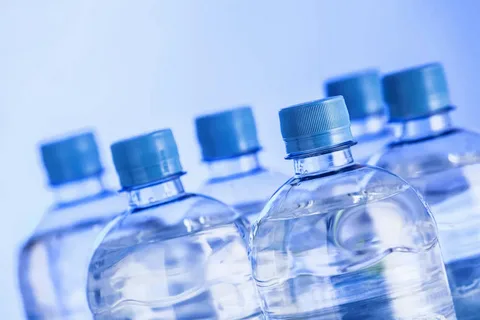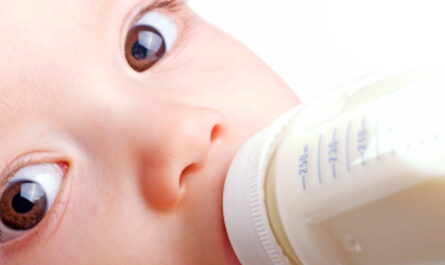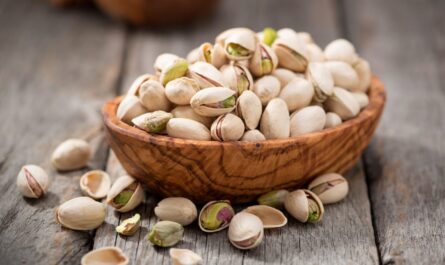The bottled water industry in the United States has seen unprecedented growth over the past few decades. From being a niche product in the 1980s, bottled water has now become almost as ubiquitous as carbonated sodas in supermarkets and convenience stores across the country.
Rising Consumption
Americans’ consumption of bottled water has grown exponentially since the 1990s. According to the International Bottled Water Association (IBWA), per capita consumption of bottled water increased from 23.5 gallons in 1996 to 39.3 gallons in 2018. This represents an overall increase of over 67% in bottled water consumption in just over 20 years. Several factors have contributed to this rising tide, including health and wellness trends that have boosted demand for pure, convenient sources of hydration. Bottled water companies have also undertaken aggressive marketing campaigns to position their products as a more environmentally friendly alternative to sugary sodas. As a result, bottled water now represents over 43% of total beverage volume in the U.S., surpassing both carbonated soft drinks and beer.
Growing Revenue and Profits
The increase in consumption has translated directly to higher revenues for bottled water companies. IBWA data shows that total bottled water retail sales in the U.S. increased from $6.2 billion in 1996 to $16.8 billion in 2018 – representing over 170% growth. Additionally, bottled water generates significantly higher profit margins compared to other beverage categories like carbonated sodas. Large multinational companies like Nestle Waters North America, PepsiCo’s Aquafina brand, and The Coca-Cola Company’s Dasani brand dominate the market. In 2018, the top three firms held a combined market share of over 50%. With profit margins around 25-30%, the bottled water industry as a whole is hugely profitable for these big corporations.
Regional Variations and Local Brands
While the large multinationals control a majority of the market, there is significant regional variation in bottled water brands across the U.S. Bottled Water Local springs and wells have launched many successful regional and bottled water brands over the past few decades, catering to local consumer demand and tastes. For example, companies like Poland Spring in New England, Crystal Geyser on the west coast, and Ice Mountain in the Midwest have established strong regional presences. Several local brands have also emerged, driven by consumers seeking out specialty alkaline or mineral waters unique to local geology. This has ensured continued growth opportunities even for smaller, niche bottled water companies with locally-sourced products.
Environmental and Health Concerns
The booming bottled water industry is not without its share of criticisms as well. From an environmental perspective, the plastic waste generated from non-recyclable water bottles is enormous – estimated at over 60 million tons annually worldwide. Even though bottled water is often marketed as a green alternative, the carbon footprint of the bottling process and transportation can be significant. There are also some health and safety concerns over leaching of chemicals like BPA from plastic into the water. Many public health experts argue that in most cases, tap water is just as safe and healthier than bottled, without the environmental costs. Calls for regulations on bottled water marketing claims and push for alternatives like municipal water fountains or sustainable portable containers have also increased.
Looking Ahead
Despite concerns, the bottled water industry in the U.S. shows no signs of slowing in its growth trajectory any time soon. The IBWA estimates that per capita consumption will continue growing at over 1% annually to surpass 50 gallons by 2023. Large companies are investing in new plants and expansion to capture rising demand worldwide. At the same time, emphasis on sustainability is set to grow, with regulations on plastic packaging already taking effect in certain regions. Overall, bottled water has truly become a multi-billion dollar industryjuggernaut in the U.S. beverage market over the past few decades.
*Note:
1.Source: Coherent Market Insights, Public sources, Desk research
2.We have leveraged AI tools to mine information and compile it



